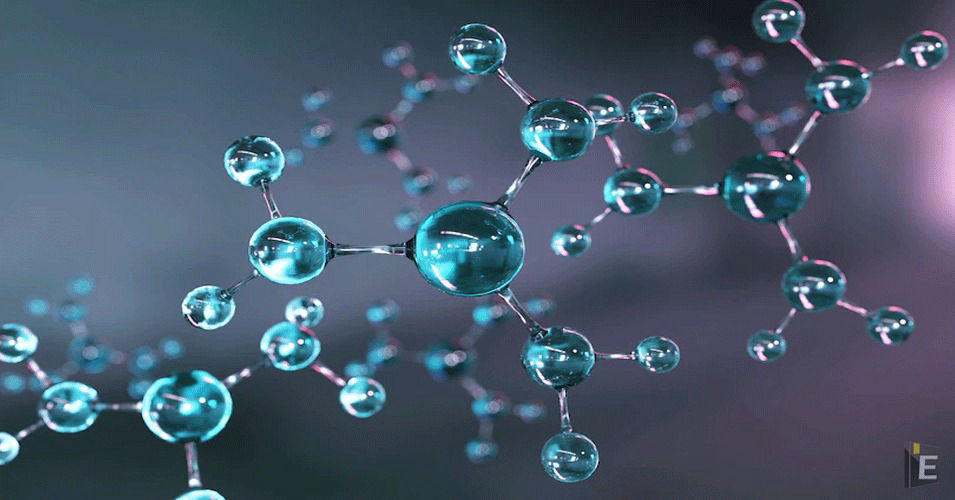Chemistry GK Questions and Answers

The energy of an electron revolving in an atom:
(A) Cannot be negative
(B) Can have any value greater than zero
(C) Can never be positive
(D) is always positive
Correct Answer : C
Explanation :
So, the energy of the electron revolving around the nucleus is a negative value meaning less than zero. -If the electron has energy more than zero, it can escape or come out of the atom very easily. -If it happens the atom won't exist.
Mass number of nucleus :
(A) always less than its atomic number
(B) always greater than its atomic number
(C) always equal to its atomic number
(D) sometimes greater than and sometimes equal to its atomic number
Correct Answer : D
The electronic configuration of an atom with atomic number '20' is :
(A) 2, 8, 10
(B) 2, 6, 8, 4
(C) 2, 8, 8, 2
(D) 2, 10, 8
Correct Answer : C
The difference between the isotopes of an element is due to the presence of different numbers of
(A) Proton
(B) Newton
(C) Electron
(D) Photon
Correct Answer : B
Explanation :
Isotopes are atoms of the same element that have different numbers of neutrons but the same number of protons and electrons. The difference in the number of neutrons between the various isotopes of an element means that the various isotopes have different masses.
The helical structure of protein is stabilized by
(A) Depeptide bonds
(B) Hydrogen bonds
(C) Ester bonds
(D) Peptide bonds
Correct Answer : B
Which of the following metals does not form amalgam?
(A) Jink
(B) Iron
(C) Manganese
(D) Copper
Correct Answer : B
Which of the following is used as raw material for the manufacture of rayon?
(A) Coal
(B) Petroleum
(C) Cellulose
(D) Plastic
Correct Answer : C
“The four quantum numbers of any two electrons in an atom are not identical” is
(A) Hund's law
(B) Pauli's exclusion principle
(C) Heisenberg's Uncertainty Principle
(D) Avogadro's law
Correct Answer : B
The fundamental particles found in the nucleus of an atom are:
(A) Electron, Proton
(B) Proton, Neutron
(C) Neutron, Electron
(D) Neutron, Positron
Correct Answer : C
The atomic number of carbon is 6, the atomic weight is 12. How many protons are there in the nucleus of carbon?
(A) 6
(B) 12
(C) 18
(D) 0
Correct Answer : A
Explanation :
Carbon-12: with 6 protons and 6 neutrons and an atomic mass of 12.



